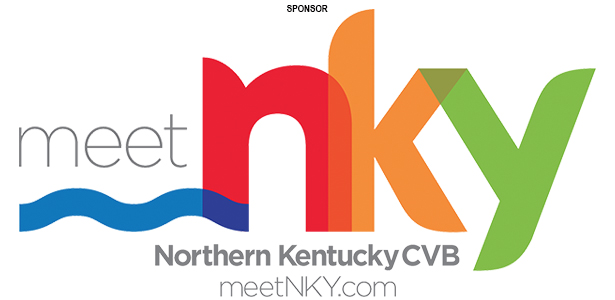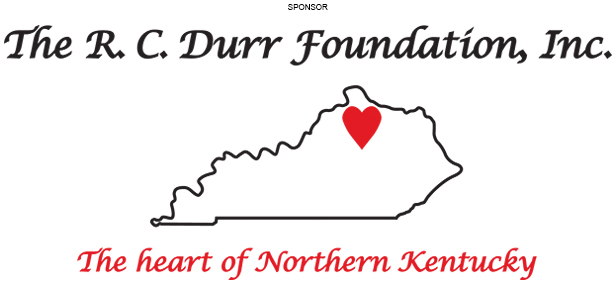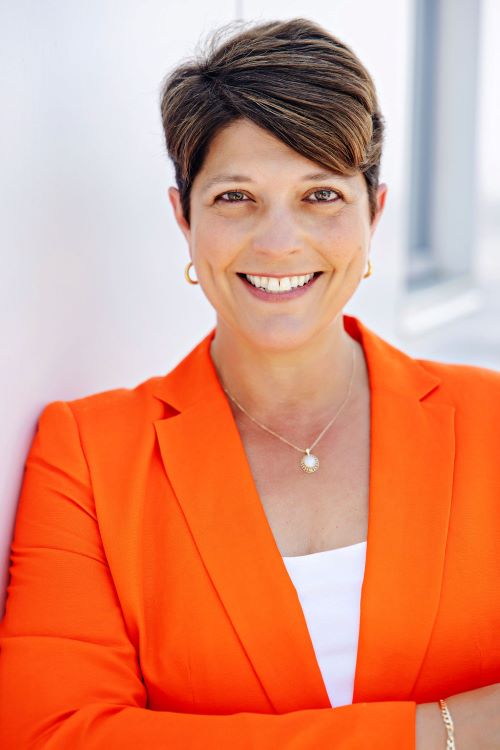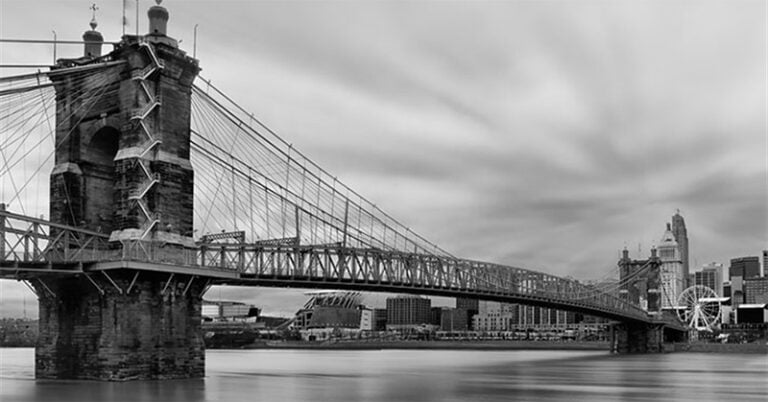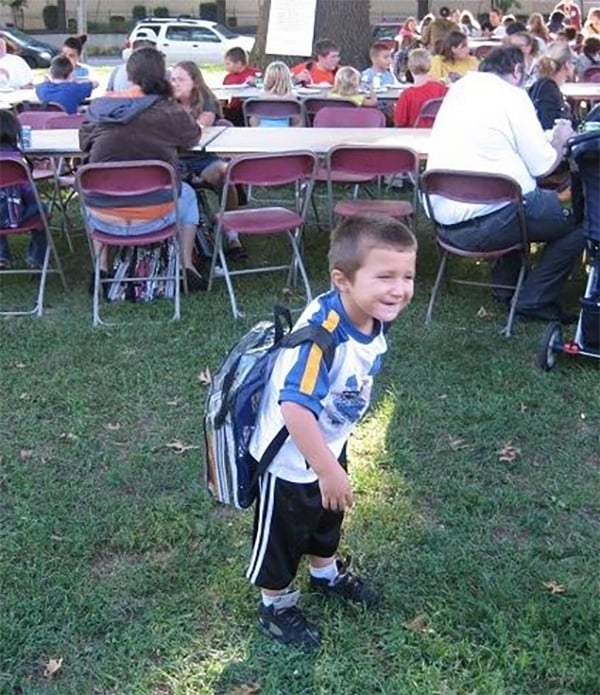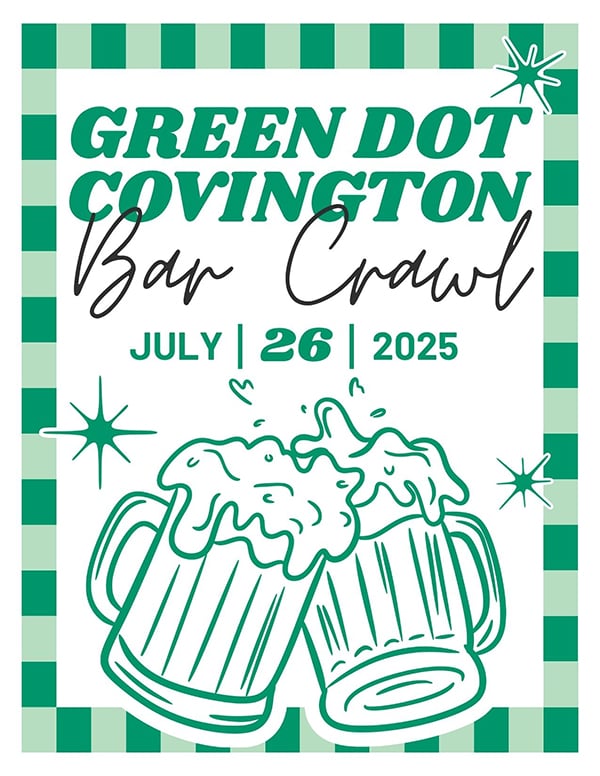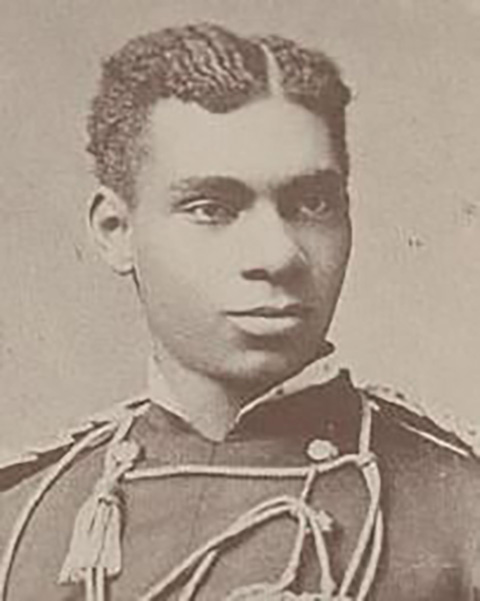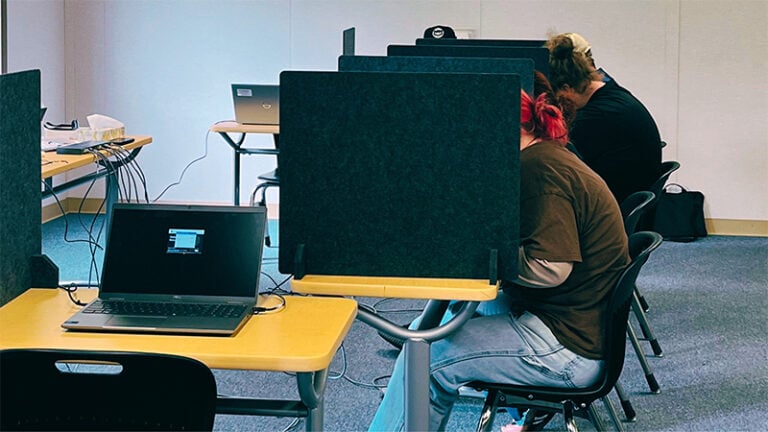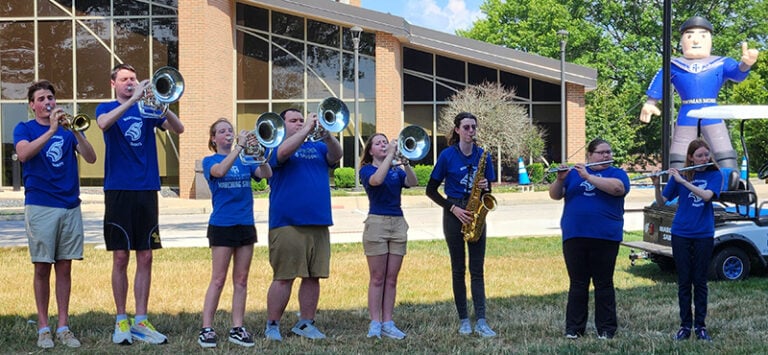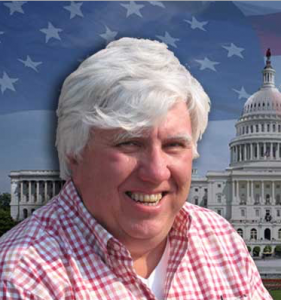By Wayne Onkst
Special to NKyTribune
In the mid 1940s, as Kentucky celebrated its 150th birthday, University of Kentucky faculty worked with a broad range of Kentuckians to write Kentucky: Designs for Her Future. This report noted that libraries “play an important part in the total education programs of their communities, serving adults as well as children. But 64 per cent of the adults of Kentucky have no access to local public libraries” (Howard W. Beers, Kentucky Designs for Her Future. Lexington, Ky: University of Kentucky Press, 1945, p. 250). It concluded: “…there must be expansion of adult education for farmers, laborers, and people in all other walks of life. In this development, the part that libraries can play must be recognized, and more libraries must be established” (p. 298). Further highlighting the problem, a Courier Journal article in 1947 described library service in Kentucky as “Emaciated and Poverty-Stricken” with two-thirds of the library books being located in only nine cities (Paul Hughes, “Public Library Service in Kentucky is Emaciated and Poverty Stricken.” Louisville Courier Journal, October 12, 1947, Section 3, p. 8).

Correcting this situation would be difficult. The tax base across rural Kentucky was limited and offered scant funding for libraries. State government resources—never robust—were even more strained because of a decline in the whiskey industry, falling farm prices, and a stagnant economy. Fortunately, there were Kentuckians willing to step up to make a difference.
Shortly after the end of World War II, Mary Belknap Gray, the daughter of one of Louisville’s most prominent families, returned to Louisville looking for a cause to support following the death of her husband. State library officials took her to Perry County to see a successful bookmobile service, and she became committed to that cause. She obtained a surplus army ambulance through her son who had served in the war. A machine shop cut out the sides and a cabinet maker built shelves in the vehicle that could be opened. She asked the Friends of Kentucky Libraries to buy books to fill the vehicle and then offered it to the first county that would agree to pay the operating costs. Hart County accepted her offer in 1949, and she subsequently purchased six more bookmobiles. In spite of her efforts, a survey by the American Library Association ranked Kentucky 47th among the then-48 states in respect to library service.
In the fall of 1952, author Jesse Stuart spoke at the annual meeting of the Friends of Kentucky Libraries about the need for books in rural schools. Friends’ President Victor Henry followed Stuart by announcing a goal of putting a bookmobile in every county. Listening in the audience was Harry Schacter, president of Kaufmann Strauss, one of Louisville’s major department stores. Following the luncheon, Schacter pointed out that it would take 90 years to achieve the goal at the current pace of acquiring bookmobiles. He suggested it would be easier to raise funds for 100 bookmobiles than a few at a time.
Schacter returned to his office and devised a three-step plan for getting 100 bookmobiles on Kentucky’s roads. First, $300,000 would be raised from corporations, individuals, and civic groups to purchase bookmobiles filled with books. Second, the Commonwealth would contribute funding for books and supervision. Finally, each county would agree to pay the driver’s salary, and provide garage space, gas, oil, and routine maintenance for the bookmobile.
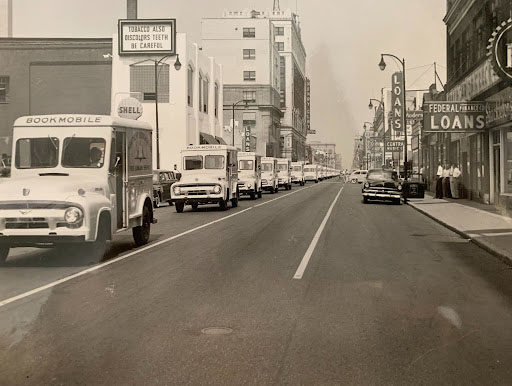
Schacter recruited a committee of prominent Kentuckians to manage the campaign. He asked Mary Bingham to chair the campaign. Mrs. Bingham, wife of Barry Bingham, publisher of the Courier Journal, had contacts in Kentucky’s social, political and newspaper circles that were unrivaled. She effectively utilized these in the campaign.
The plan was launched on February 6, 1953, at a dinner in the historic Oak Room of the Seelbach Hotel, paid for by Mr. Schacter. The crowd of 175 included former governors, politicians, 22 authors, representatives of 68 associations and organizations, businessmen, and citizens from various walks of life. Former Governor Flem Sampson noted “there was enough strength and prestige in that room to move the entire State of Kentucky” (“The Story of the Dinner to Launch the Kentucky Bookmobile Project, Oak Room, Seelbach Hotel, Friday Evening, February 6, 1953,” p. 1. Files of the Filson Historical Society). The meeting was very successful, and many pledges of support were collected that evening.
The campaign committee met with Governor Lawrence Wetherby on February 26, 1953. Mrs. Bingham presented the general problem, and Schacter outlined the campaign, noting that the state was being asked to contribute only about 1/7 of the amount to be raised. At first the Governor was noncommittal, explaining that the state’s anticipated revenues for 1954 would be $3 million less than that of 1953. State agencies were cutting expenditures, and he saw little hope of additional expenditures unless the legislature was willing to levy additional taxes. After Schacter made an eloquent plea, however, the Governor said he would be delighted to accept the honorary chairmanship of the project. He also agreed to support additional taxes for a good cause like this. He issued a letter of support the next day.
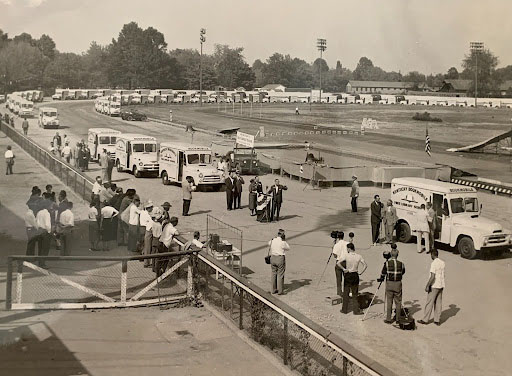
During the next nineteen months, the campaign reached into every section of the Commonwealth, seeking funds to purchase bookmobiles, organizing local support for operations, and lobbying legislators for funding. Newspapers, led by the Courier Journal, continually reported on the project and urged readers for support. Fundraisers included a benefit horse race, a basketball tournament, and concerts. One owner even named his racehorse Bookmobile to raise awareness of the campaign. World Heavyweight Boxing Champion Rocky Marciano came to Louisville to fight an exhibition to benefit the fundraising. Unfortunately, the turnout was light, and little money was raised but the benefit increased awareness for the project. Since the 1954 General Assembly would be asked for funding, the campaign committee quietly contacted all candidates for the legislature in 1953 and secured sufficient support for bookmobiles before the election.
While the $3,000 for each bookmobile included about 900 books, more books would be needed as those books would be checked out. On November 14, 1953, movie theaters across the state showed a children’s film with the price of admission being two books for the bookmobiles. On November 19th, a statewide book drive was held. Kentuckians were asked to place used books on their porch at 7 pm. Volunteers collected the books and took them to a central location. In Northern Kentucky, books were taken to Green Line bus stops and then transferred to the Ft. Thomas Armory. Most books were taken to the state fairgrounds in Louisville which was flooded with more than 750,000 books. About half were deemed useful for the bookmobiles.
In January, the state legislature approved $216,900 to support the project. While state revenues were weak, legislators approved the Governor’s proposal to institute withholding for state income tax for the first time, to pay for bookmobiles as well as increased support for schools. In that era, only Vermont and Oregon collected taxes through withholding.
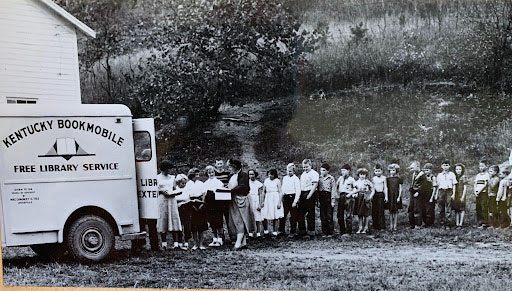
The most difficult aspect of the campaign was convincing counties to provide local operating support. Each county had to cobble together a plan to fund its bookmobile’s operation. In many counties, the Board of Education took the lead as bookmobiles were expected to stop at schools to provide books for students. Fiscal courts, women’s clubs, civic clubs, private individuals, and local businesses also stepped up.
By the fall of 1954, funding for bookmobiles had been secured and local groups were ready to receive them. On September 17th, 84 bookmobiles paraded down Broadway in Louisville on their way to the State Fairgrounds. In a ceremony unlike anything seen before or since anywhere in America, Governor Wetherby presented each bookmobile to the local sponsors, and the bookmobiles were driven out across the state. In a single day, Kentucky became the national leader in number of bookmobiles. It has remained the leader for 69 years.
Donors of bookmobiles included a wide variety of interests. Tobacco companies provided eighteen bookmobiles and the Courier Journal provided five. Additional bookmobiles were given by distilling companies, banks, grocery stores, bakeries, labor unions, women’s clubs, and organizations. Donors included Keeneland, the Honorable Order of Kentucky Colonels, Ashland Oil, UK Athletic Association, and Union Light Heat and Power (Northern Kentucky). Individuals and families gave bookmobiles, with two given in memory of soldiers killed in World War II.
Boone County received a bookmobile donated by Philip Morris & Co., Campbell County’s bookmobile was donated by Personal Finance Company, and Pendleton County received a bookmobile from tobacco company P. Lorilliard. Twelve more bookmobiles were available as soon as local arrangements were finalized, including a bookmobile for Kenton County.

Bookmobile service was enthusiastically accepted, with the biggest problem being a shortage of books. With less than 1,000 volumes on each bookmobile, the stock was quickly depleted and the bookmobile drivers scrambled to find more books. Harry Schacter later said that the bookmobiles could have doubled their circulation if more books had been available.
In spite of the limited number of books, the impact was enormous. In the first ten months, the bookmobiles circulated 2.5 million items, more than doubling the number of books checked out in Kentucky’s public libraries. Circulation was 3.5 million in the first full year of operation and 3.7 million in the second year. More importantly, the bookmobiles led to the creation of many public libraries that we enjoy today. In 1954 alone, fourteen new public libraries were created. By 1959, 90 counties had countywide public library service.
As the campaign concluded, the leaders of the bookmobile project were presented with one final issue — a deficit of $3,000 for the project. Harry Schacter, Barry Lenihan, Mary Gray, and Mary Bingham quietly wrote personal checks to pay the remaining debts. Mrs. Bingham later related “I don’t think many children in rural counties had ever seen a children’s book, illustrated, attractive… I think these books changed their lives” (Oral History Interview with Mary Bingham. Interviewed by Jean Wiggins,1996. Kentucky Historical Society).
Wayne Onkst retired as State Librarian and Commissioner of the Kentucky Department for Libraries and Archives in 2015. He was Director of the Kenton County Public Library from 1999 to 2006. He lives in Erlanger with his wife, Deborah. He can be contacted at wayneonkst@fuse.net.
Paul A. Tenkotte, PhD is Editor of the “Our Rich History” weekly series and Professor of History and Gender Studies at Northern Kentucky University (NKU). He also serves as Director of the ORVILLE Project (Ohio River Valley Innovation Library and Learning Enrichment), as well as Editor of the forthcoming ORVIE (Ohio River Valley Innovation Explorer), premiering in Summer 2024. ORVIE is now recruiting authors for entries on all aspects of innovation in the Ohio River Watershed including: Cincinnati (OH) and Northern Kentucky; Ashland, Lexington, Louisville, Maysville, Owensboro and Paducah (KY); Columbus, Dayton, Marietta, Portsmouth, and Steubenville (OH); Evansville, Madison and Indianapolis (IN), Pittsburgh (PA), Charleston, Huntington, Parkersburg, and Wheeling (WV), Cairo (IL), and Chattanooga, Knoxville, and Nashville (TN). If you would like to be involved in ORVILLE or ORVIE, please contact Paul Tenkotte at tenkottep@nku.edu.

